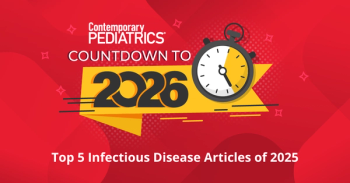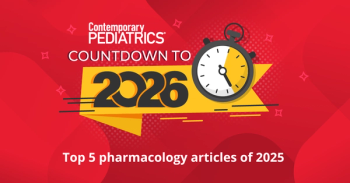
FDA approves gardenia blue as natural color additive for food use
The FDA approves gardenia (genipin) blue as a natural food color, enhancing options for manufacturers and supporting the shift away from synthetic dyes.
The US Food and Drug Administration (FDA) has approved the use of gardenia (genipin) blue as a color additive in food, marking the fourth natural-source color approved in recent months.1,2
The July 14, 2025, decision authorizes the colorant’s use in sports drinks, flavored or enhanced non-carbonated water, fruit drinks and ades, ready-to-drink teas, hard candy, and soft candy, when used at levels consistent with good manufacturing practice.
Gardenia blue is derived from the fruit of the gardenia, a flowering evergreen. The FDA’s approval followed a petition by the Gardenia Blue Interest Group (GBIG) and was granted under section 721 of the Federal Food, Drug, and Cosmetic Act. The law requires that all color additives be reviewed and approved by the FDA before being used in foods. Evaluation criteria include projected human dietary exposure, toxicological data, and relevant literature to ensure a “reasonable certainty of no harm.”
“This expedited timeline underscored our serious intent to transition away from petroleum-based synthetic dyes in the food supply,” said FDA Commissioner Marty Makary, MD, MPH. “Now, by expanding the palette of available colors derived from natural sources, food manufacturers have a variety of options available that will make it easier to end their use of petroleum-based dyes.”
The approval of gardenia blue follows the agency’s May 2025 authorization of 3 other naturally derived food colors: galdieria extract blue, a pigment from the red algae Galdieria sulphuraria; calcium phosphate, a white powder; and butterfly pea flower extract, which can produce bright blue, purple, and green hues.
These approvals support a broader initiative by the US Department of Health and Human Services (HHS) to reduce the presence of synthetic, petroleum-based color additives in the US food supply.
According to HHS, approximately 40% of the food industry has voluntarily committed to removing synthetic dyes since the initiative was launched.
As part of these ongoing efforts, the FDA also encouraged food manufacturers to accelerate the removal of FD&C Red No. 3 from products ahead of its January 15, 2027, phase-out deadline.
To support early compliance, the FDA issued a letter urging manufacturers to begin reformulating products as soon as practicable. “The FDA believes that accelerating the phase out of the use of FD&C Red No. 3 in foods will help further the goal of Making America Healthy Again,” the agency stated.
The FDA acknowledged the challenges involved in replacing synthetic dyes and noted that substitutions may require the expanded use of approved color additives or the development of new ones. Regardless of source, all additives must meet the FDA’s safety standards.
On July 11, 2025, Consumer Brands, a national trade association, announced a voluntary pledge to remove all certified FD&C colors from foods served in schools by the 2026–2027 academic year.
The continued expansion of natural color options, including the recent approval of gardenia blue, offers food manufacturers more tools to comply with evolving regulatory expectations and public health priorities.
References:
- FDA. FDA Approves Gardenia (Genipin) Blue Color Additive While Encouraging Faster Phase-Out of FD&C Red No. 3. U.S. Food and Drug Administration. July 14, 2025. Accessed July 14, 2025. https://www.fda.gov/news-events/press-announcements/fda-approves-gardenia-genipin-blue-color-additive-while-encouraging-faster-phase-out-fdc-red-no-3?utm_medium=email&utm_source=govdelivery
- FDA. FDA Encourages Food Manufacturers to Accelerate Phasing Out the Use of FD&C Red No. 3 in Foods Before 2027 Deadline. July 14, 2025. Accessed July 14, 2025. Press release.
Newsletter
Access practical, evidence-based guidance to support better care for our youngest patients. Join our email list for the latest clinical updates.




